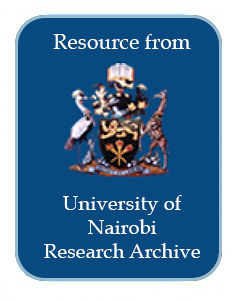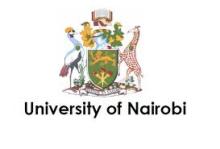Resource information
This study was motivated by the need to understand the interplay
between cotton farming in Barwessa and household food security
in the area.
The study was centered on three main objectives:
• To examine the extent to which subsistence farming is affected by
cotton,
• To identify the relationship between levels of household food security
in relation to income and expenditure,
• To investigate women's access to income from cotton production, their
food production and food security roles,
The introduction of Cotton was deemed to provide income from which
farmers could access food,
In the study 100 households was purposively sampled from a list of active
farmers, The data was gathered using a survey questionnaire,
unstructured interviews, structured and observation methods,
Quantitative Data was analyzed using SPSS Computer package which
generated the percentages and frequencies for interpretation. Qualitative
data was also analyzed.
It emerged from the findings that cash crop farming has had negative
impact on food security as a result of neglect of indigenous subsistence
farming which are drought resistant and livestock keeping, which provide
a whole year-round household food security.
Farmers have dedicated their efforts to the cash crop at the expense of
subsistence farming consequently affecting household food security.
It came out clearly women participate in both subsistence and cotton
production and, yet do not access income from their labor.
In recommendation, policy issues be addressed bottom up, establish
potentials of indigenous agriculture and intensify gender friendly
extension services


